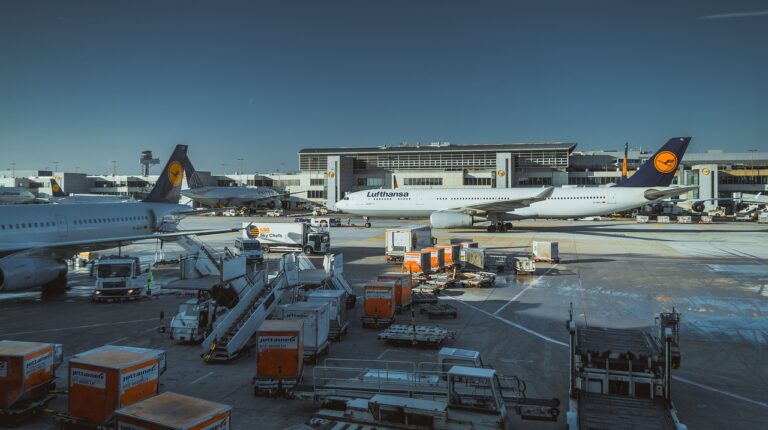The European Union Aviation Safety Agency (EASA) has published a proposal to regulate ground handling across European Union airports, to increase the safety, cybersecurity and consistency of all the actions that happen on the ground before and after a flight.
EASA proposes a regulation that will affect approximately 300,000 workers in the ground handling industry, one of the largest groups of aviation employees. The regulation would also ensure that ground handling is covered by Regulation (EU) 2022/1645 on cybersecurity.
As cyberattacks became a common threat in all critical infrastructure sectors, airports in the EU and around the world have adopted systems and processes to bolster their cyber defenses. Many of these have been confined to terminal and flight operations, however. Ground handling operations now rely on a host of information and operational technology (OT) to facilitate aircraft, baggage and passenger operations. OT – the hardware and software that controls infrastructure – has become a particular target of cyberattacks in recent years, making EASA’s proposed regulation all the more necessary. Unauthorized access to OT networks can disrupt and manipulate critical operations, putting passenger safety at risk.
Until now, ground handling has been largely self-regulated. In most cases, operational arrangements, including those affecting safety, are captured only in bilateral service agreements between ground handling service providers and the aircraft operators to whom they provide services.
EASA proposes an efficient approach to the oversight of ground handling organizations by competent authorities. This is expected to avoid multiple verifications of the same activities and organizational aspects and gradually reduce the significant number of audits performed mostly by aircraft operators. In this way, EASA believes organizations should be able to better allocate their resources, from auditing to managing the safety of their operations. Aircraft operators will retain overall responsibility for aircraft safety and flight safety.
While ground handling plays a huge role in ensuring the safety of flights, it can also create safety issues. Most of the vehicles that move around on the airport apron, for example, are also part of the ground handling function – moving passengers or baggage, placing stairs next to aircraft or helping aircraft leave the parking stand.
The new ground handling regulation would require ground handling organizations and self-handling aircraft operators performing commercial air transportation operations with airplanes to self-declare that they comply with the EU requirements. This can be either by applying operational procedures developed by themselves or industry standards and good practices developed and continually improved by industry during the past decades. Organizations would need to prove that they have a management system in place, proportionately aligned to the complexity of their operations. This includes a safety management system, staff training, a maintenance program for ground support equipment and defined operational procedures together with a robust safety culture, where any safety issues are reported without penalty to the reporter, swiftly addressed and used as a lesson to improve safety in the provision of services.
The ground handling regulation is expected to be published in late 2024 or early 2025. EASA proposes a transition period of three years for implementation after the publication of the regulation.
For more security news, please click here.

